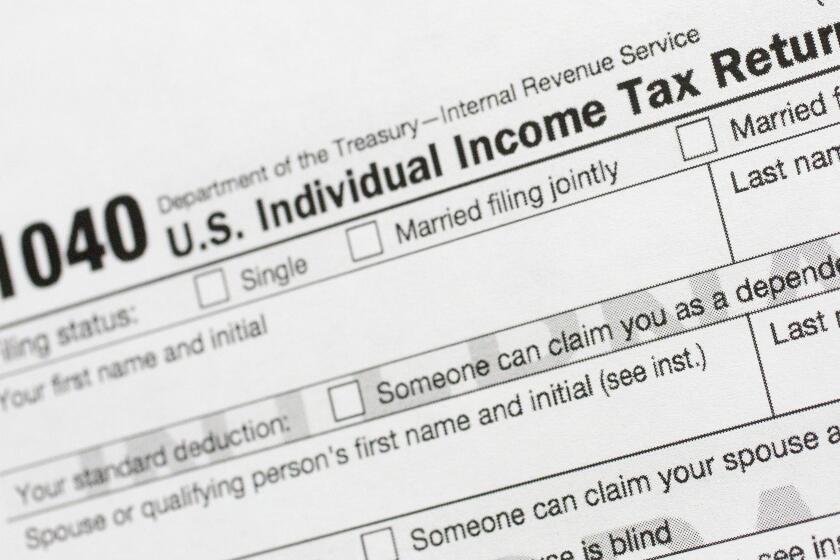Consumer prices jump, industrial production falls
WASHINGTON — Inflation jumped slightly more than expected last month, mainly as a result of an uptick in energy prices, adding to the arguments over President Obama’s economic policies and cutting into the spending power of consumers who are struggling with stagnant wages and rising unemployment.
The government reported Wednesday that so-called core inflation, which excludes volatile energy and food prices, rose a seasonally adjusted 0.2% in June from the prior month and a modest 1.7% from a year earlier.
The rise was small enough to lend support to Obama’s staunch view that high levels of federal spending are needed to stimulate economic recovery and pose no immediate threat of runaway inflation.
At the same time, the monthly increase was also one-tenth of a percentage point higher than most analysts had forecast, which inflation hawks are likely to seize on as supporting their concern.
Beyond the political debate, the report suggests that the risk of deflation -- a general downward spiral in prices and economic activity -- is waning.
“One month doesn’t make a big deal, but this is continuing a pattern in which we see persistence rather than the beginning of a meaningful decline” in inflation, Laurence H. Meyer, chairman of forecasting firm Macroeconomic Advisers, said of the June report. “It will renew the sense of inflation angst.”
Other analysts, though, said the June data suggested that consumer prices were not accelerating enough to cause serious inflation concerns -- and were within the comfort range for the Federal Reserve, which is trying to balance the risks of inflation with its efforts to promote economic growth.
Overall, consumer prices for goods and services in June rose 0.7% from May, with higher gasoline prices accounting for more than 80% of that gain, the Labor Department said.
From its June 2008 level, however, the consumer price index was down 1.4%, the largest 12-month decline in nearly six decades.
Pump prices have eased since spiking in early June, and hence consumer prices overall are expected to trend lower this month, with the core inflation rate remaining steady.
Still, even small price increases will cut into the spending power of workers whose earnings have flattened as unemployment has surged.
In June, average weekly earnings, seasonally adjusted, fell 1.2% from May after taking into account inflation and reduced work hours, the department said in a separate report Wednesday.
“Consumers are going to be under pressure,” said Jared Franz, an economist at T. Rowe Price Group in Baltimore. But he said things were still looking brighter than in the fourth quarter of last year.
Based on nonfarm payroll data, average weekly earnings, before adjustments for inflation and seasonal variations, were $609.37 in June, compared with $613.80 a year earlier.
--
More to Read
Inside the business of entertainment
The Wide Shot brings you news, analysis and insights on everything from streaming wars to production — and what it all means for the future.
You may occasionally receive promotional content from the Los Angeles Times.











